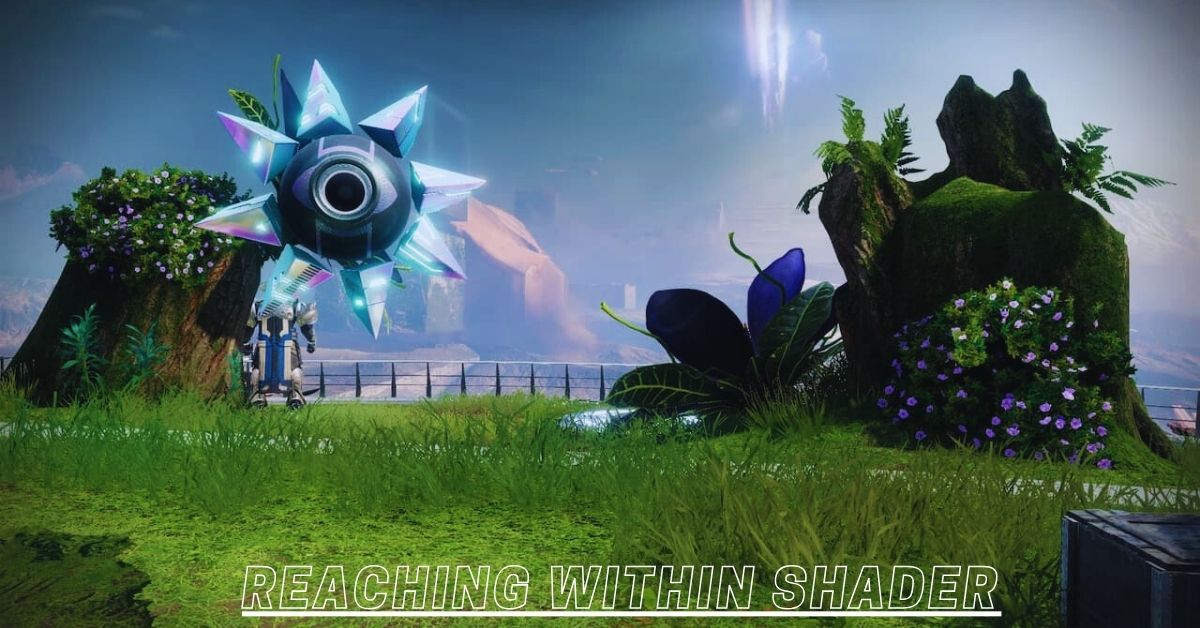Introduction
In the world of computer graphics, shaders are crucial components that influence the visual appearance of rendered images. Among the various types of shaders, the “Reaching Within Shader” is a specialized technique that offers unique visual effects and artistic possibilities. This shader technique involves intricate manipulation of graphics hardware to achieve complex visual outputs. This comprehensive guide will delve into the core concepts, development process, applications, and future directions of the Reaching Within Shader, providing an in-depth understanding of its role in modern graphics programming.
What is a Shader?
At its core, a shader is a program designed to run on the GPU (Graphics Processing Unit) to handle rendering tasks. Shaders can be used to control the way vertices and pixels are processed, determining the final appearance of a scene or object. They play a pivotal role in defining surface properties, lighting effects, and overall visual style. Shaders are fundamental to achieving realism and artistic expression in graphics, from basic color adjustments to complex lighting models.
Understanding the Reaching Within Shader
The Reaching Within Shader is an advanced shader technique that manipulates the visual output uniquely. It is known for its ability to create effects that appear as though elements are reaching into or emerging from within the surface. This shader technique typically involves sophisticated algorithms to achieve depth and interaction effects that are not possible with standard shaders.
Key Components of the Reaching Within Shader
Several key components contribute to the functionality of the Reaching Within Shader. These include the vertex shader, fragment shader, and texture mapping. The vertex shader processes the geometry of the 3D models, while the fragment shader handles pixel color calculations and effects. Texture mapping is used to apply images to the surfaces of 3D models, which in the case of the Reaching Within Shader, plays a critical role in achieving the desired visual effects.
Vertex Shader and Geometry Processing
In the Reaching Within Shader, the vertex shader is responsible for processing the geometry of the model. It transforms vertex positions from object space to screen space, applying necessary transformations and projections. This stage is crucial for ensuring that the objects are positioned correctly in the 3D space and are ready for the subsequent stages of shading and texturing.
Fragment Shader and Pixel Effects
The fragment shader in the Reaching Within Shader handles the color and lighting calculations for each pixel. It computes how light interacts with the surface, including effects such as reflections, refractions, and shadows. For the Reaching Within Shader, the fragment shader is particularly important in creating the illusion of elements reaching into or emerging from surfaces by manipulating color and depth values in complex ways.
Texture Mapping and Surface Detail
Texture mapping involves applying images (textures) to the surfaces of 3D models. In the Reaching Within Shader, texture mapping is used to enhance the visual detail and realism of the effects. By manipulating texture coordinates and blending textures in innovative ways, the shader can create intricate patterns and depth effects that contribute to the overall appearance of the reaching within effect.
Development and Implementation
Developing a Reaching Within Shader involves writing custom shader code and integrating it into a graphics engine. This process requires a deep understanding of shader programming languages such as GLSL (OpenGL Shading Language) or HLSL (High-Level Shading Language). The development process includes defining shader parameters, writing the shader code, and testing the shader in different scenarios to ensure that it performs correctly and produces the desired visual effects.
Performance Considerations
Performance is a critical aspect of shader development. The Reaching Within Shader, like other advanced shaders, can be computationally intensive. It is essential to optimize shader code to ensure that it runs efficiently on the target hardware. Techniques such as reducing the number of calculations, minimizing texture lookups, and using efficient algorithms can help improve performance and maintain high frame rates.
Applications in Graphics and Visual Effects
The Reaching Within Shader has a wide range of applications in graphics and visual effects. It is used in video games, film production, virtual reality, and augmented reality to create visually striking and immersive experiences. The shader’s ability to produce complex visual effects makes it suitable for scenarios where depth and interaction are key elements of the visual narrative.
Artistic and Creative Uses
Beyond technical applications, the Reaching Within Shader offers significant artistic and creative opportunities. Artists and designers can use this shader to experiment with new visual styles and effects, pushing the boundaries of traditional graphics techniques. The shader’s unique capabilities allow for the creation of visually compelling and imaginative scenes that captivate audiences and enhance storytelling.
Case Studies and Examples
Several notable projects and examples showcase the effectiveness of the Reaching Within Shader. In video games, it has been used to create dynamic and immersive environments where objects appear to interact with their surroundings in novel ways. In film production, the shader has been employed to achieve visually stunning effects that enhance the cinematic experience. Analyzing these case studies provides valuable insights into the practical applications and impact of the Reaching Within Shader.
Challenges and Limitations
While the Reaching Within Shader offers many benefits, it also presents certain challenges and limitations. The complexity of the shader can lead to increased development time and computational overhead. Additionally, ensuring compatibility with different hardware and software configurations can be challenging. Addressing these issues requires careful planning and optimization to achieve the best results.
Future Directions and Innovations
The field of shader programming is continually evolving, and the Reaching Within Shader is no exception. Future directions for this shader technique include improvements in performance, enhanced visual effects, and greater integration with emerging technologies such as real-time ray tracing and machine learning. Innovations in shader development will likely expand the possibilities for the Reaching Within Shader and open up new creative opportunities.
Conclusion
The Reaching Within Shaders represents a fascinating and powerful technique in the realm of computer graphics. Its ability to create intricate and engaging visual effects makes it a valuable tool for artists, designers, and developers. By understanding the components, development process, applications, and future directions of this shader, one can fully appreciate its role in shaping the future of graphics technology. As the field continues to advance, the Reaching Within Shader will likely remain a key element in the ongoing pursuit of visual excellence and innovation.







